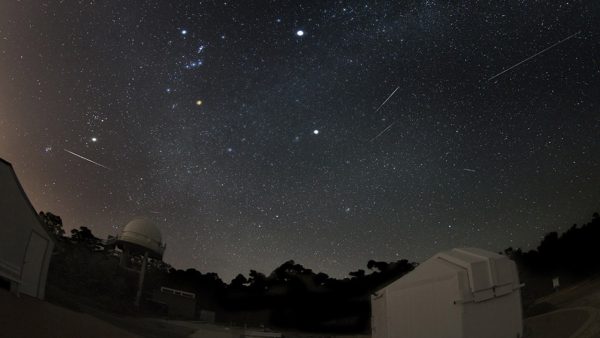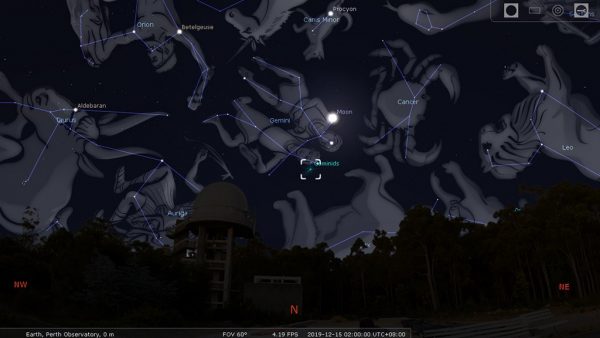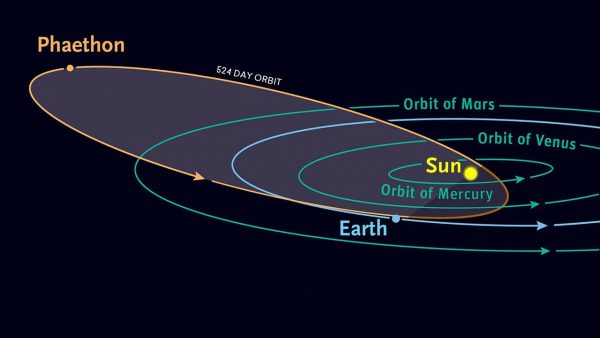Find out how to see this year's Geminids

The Geminids are THE meteor shower to see in the southern hemisphere and this Saturday night they’ll reach their peak between 10 pm to 3 am. The shower is active for a two-week period between the 4th of December to the 17th of December each year, but unfortunately, even though the peak night falls on a Saturday night this year, there is a Full Moon quite close to where the shower appears to come from (The radiant point) so we’ll get to see around 10 to 30 meteors per hour in dark areas in the outer suburbs of Perth and the country.

The meteor shower appears to come from the Gemini constellation with the streaks being caused by tiny dust particulars and meteors hitting our atmosphere at tremendous speed and burning up due to the friction. When looking at the Gemini constellation, try to look about 30 to 45 degrees around the constellation. This is because the meteors aren’t necessarily coming from the Gemini constellation, but if you trace the meteor streaks that occur back to their radiant point it’s the Gemini constellation.
To best view the shower it’s best to take a trip this weekend to some of our friendly country towns in the Wheatbelt. If you can’t make it out to the Wheatbelt then places like Lake Leschenaultia in Chidlow, Mundaring Weir’s South Ledge Look Out, Canning Dam and Serpentine Dam would be good locations in the east and if you’re in the Western Suburbs then the Rottnest Island would be a great location or any of Perth’s beaches would be good. If you’re in the Mandurah and Rockingham area, Lake Clifton would be a nice area to view the Geminids from and if you’re in the Joondalup area, parks in the Muchea area would be good to go to.

The Geminids which were first discovered in 1862 and occur because The Earth is travelling through the left-over material from the tail of the asteroid 3200 Phaethon, this asteroid is considered a rock comet which is an asteroid the shares some of the characteristics with a comet including a tail or surface jets. The Gemini Constellation after which the meteor shower is named after appears in our sky around 10:00 pm so it’s best to go out and watch for them after midnight when Gemini is a higher in the sky as the shower gets better throughout the night.





